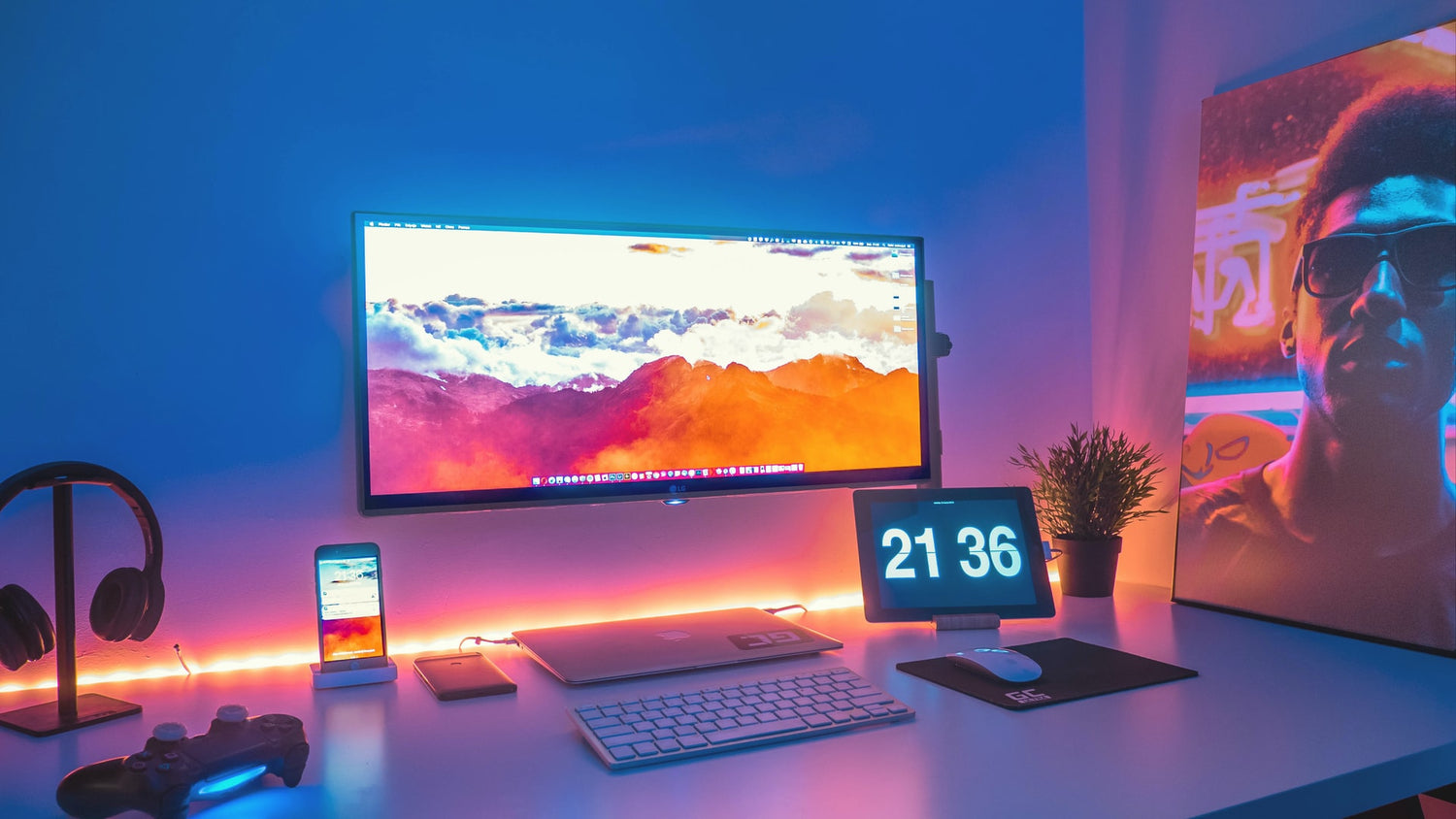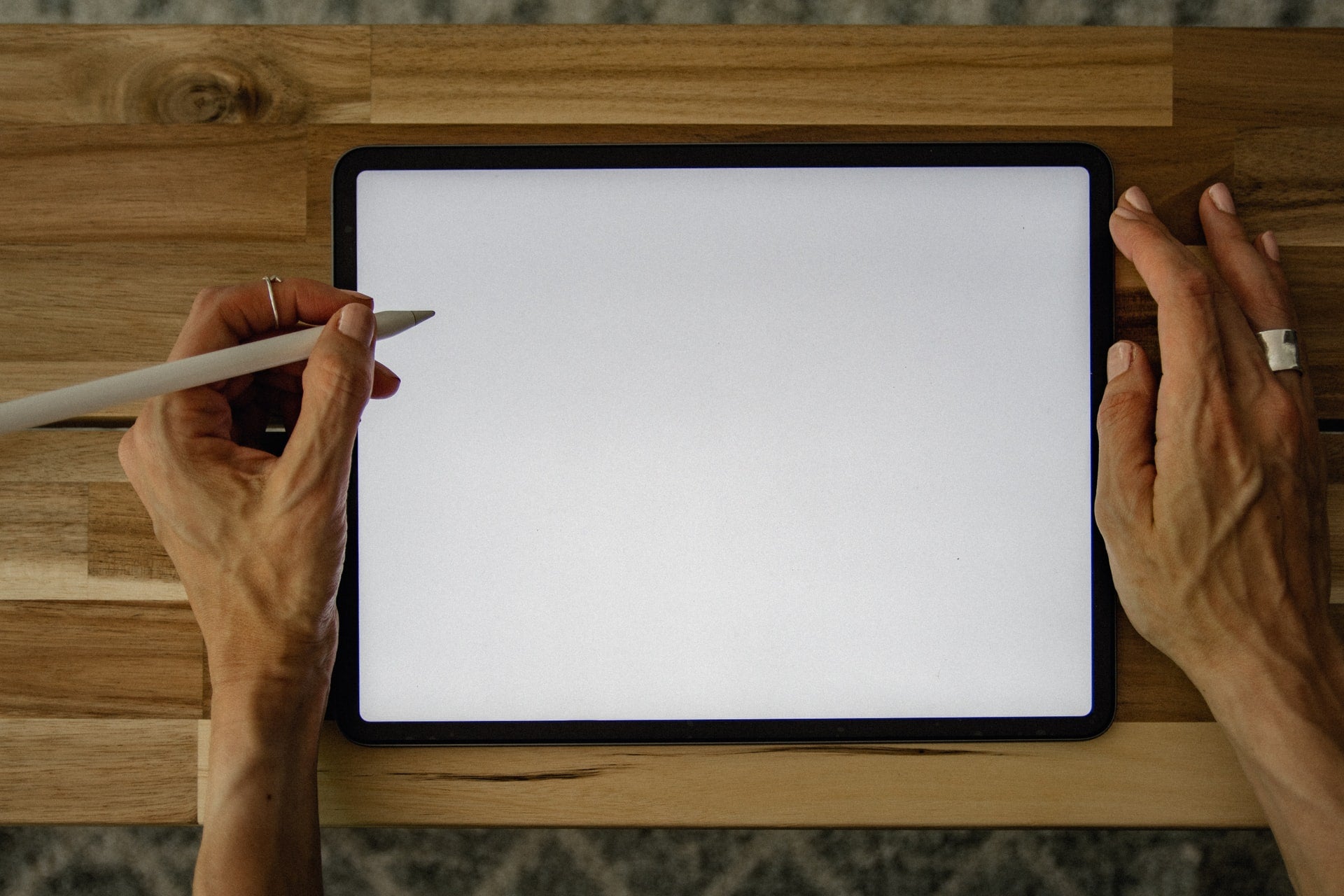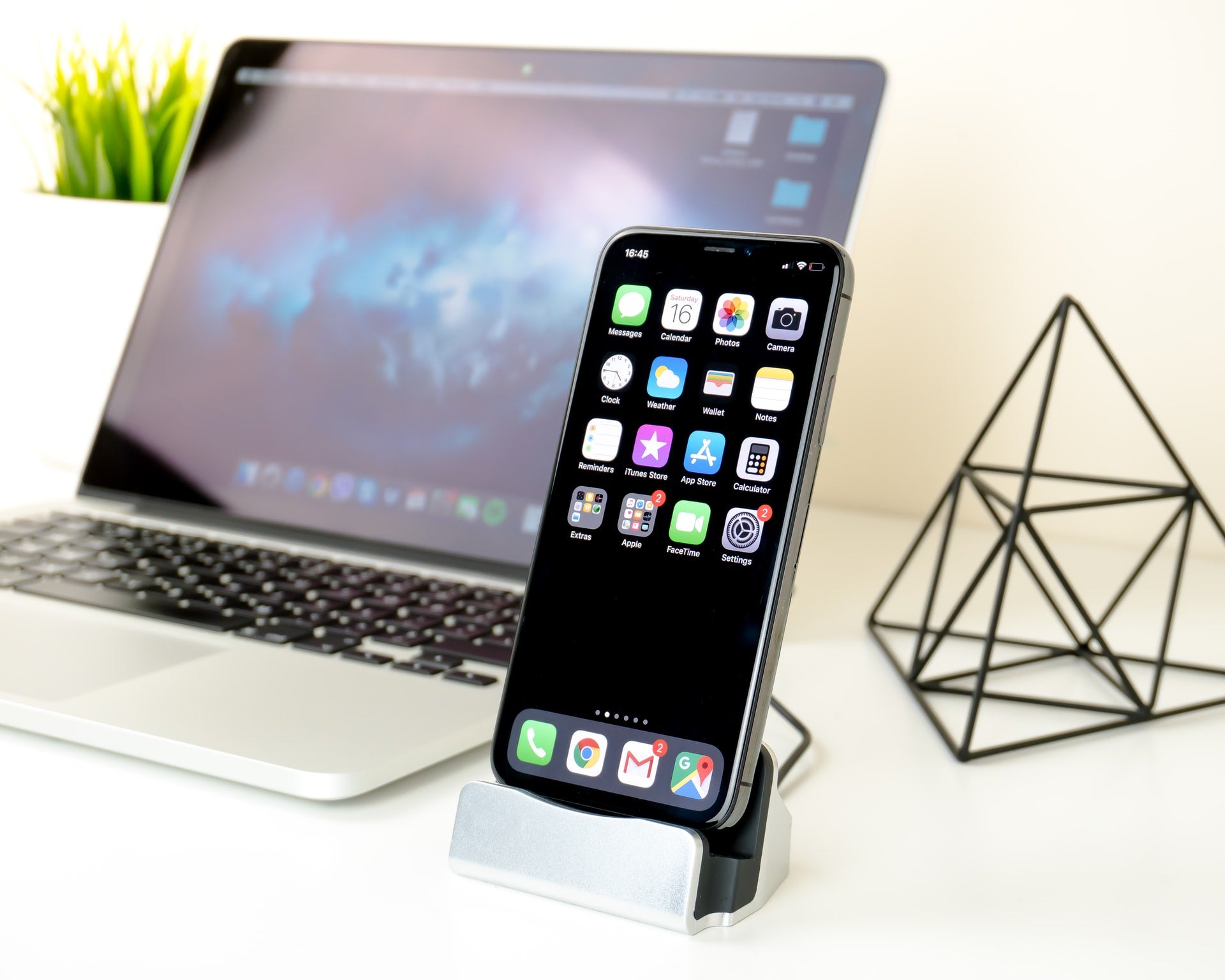Introduction
Working from home is a great way to save money, but it can also make you feel isolated and unproductive. The key to making your home office work for you is finding the right setup. We've put together this guide to help you get started on setting up your perfect desk.
A good setup is essential to ensure you are comfortable at your desk
Your home office desk is your command center, where you'll be spending countless hours working on projects, brainstorming with colleagues and completing tasks. As such, it's essential that the space be comfortable and conducive to doing great work. The most important thing is to ensure that you're not distracted by pain or discomfort—it's hard enough to concentrate when you have a harsh backache! You also want to have easy access to all of your tools and supplies so that they're within arm's reach at all times.
Your workspace should be flexible enough so that if an unexpected interruption occurs (like a phone call), then you won't feel chained down by having an attached desk chair or other furniture items such as shelving units or file cabinets (if these are present). If possible, try using a task chair like this one from Black + Decker which allows for easy movement around your office without needing cables plugged into outlets near outlets near outlets!
It may seem obvious but make sure there is ample storage space available for whatever materials will be needed during any given project; whether it’s pens/pencils/paper clips/staplers etcetera… or larger items like books or binders, this is important!
Try to avoid clutter as much as possible so that you can focus on your work and not worry about knocking over piles of papers every time you move around.
Find a Place with Good Natural Light
You want to be able to see your work clearly, so you'll need natural light. It's also important for keeping you awake and alert, which will help you stay on task. Open windows are great, but if that's not an option (perhaps because of noise), try installing a full-spectrum light bulb in your desk lamp or buying one of these clip-on lights. If even this doesn't solve the problem, you can always invest in a good pair of sunglasses that block harmful blue light—a new phenomenon with major implications for both health and productivity!
Get the Right Chair
A good chair is the backbone of any home office. You may spend hours on end sitting in it, so you want to make sure that it offers ample support and comfort. If you're just starting out, a simple task chair will do the trick—but if you have back pain or other issues that require additional support, look for a chair with arm supports and lumbar padding.
Chairs come in all shapes and sizes, but here are some general tips:
-
Look for something with adjustable arms; this will allow the seat height to be adjusted as well as armrest widths
-
Look for lumbar support (this can come from either an actual padded insert or built-in contouring)
-
Look at how much weight each product can hold before purchasing one
Keep it Clean and Organized
-
Clean off your desk. This is the first step to setting up an organized space, and it's also a good idea if you want to keep your papers organized. Soak up any spills with a paper towel or cloth, then wipe down the surface of your desk with disinfectant wipes (or whatever cleaning supplies you prefer).
-
Create a filing system for documents. Even when you're working from home, there will be times when important papers need to be stored away for safekeeping—not just thrown on top of other piles on your desk! Set up some folders so that incoming documents can be filed away neatly instead of getting lost between stacks of papers and receipts.
-
Use a pencil cup to keep pencils and pens together. Keeping all these items in one place makes them easier to find when you need them, but it also helps improve orderliness around the office by reducing clutter on surfaces like tables or desks where they could get knocked over easily during meetings or work sessions (and yes: studies have shown that clean-looking offices inspire creativity).
Ensure Your Monitor is at the Right Height
-
Ensure Your Monitor is at the Right Height. You should be able to look at your monitor without having to look up or down. Your eyes should be level with the top of your screen when sitting in front of it, and with the bottom when looking straight ahead. The idea is that you can see both sides of your monitor without straining your neck or back, while also being able to avoid squinting or craning your neck uncomfortably forward (especially if you're hitting an ambitious deadline).
-
Set Up Your Desk Chair Comfortably. One thing that can really help make an office environment more comfortable is having a chair that's just right for you—whether that means one with lumbar support and armrests, or one without them (if they don't work well with your setup). But no matter what kind of office chair you have, it's important not only to find one that fits with how far apart from each other are two points on either side? Will driving rain ruin my digital camera? It depends on what type of camera it is."
Use Clutter-Free Desk Accessories
There are a few ways you can keep your desk neat and organized:
-
Get a paper shredder. This is especially important if you have sensitive documents or other information that should not be kept on your computer.
-
Get a paper clip holder, pen/pencil holder, and/or paper towel dispenser. These accessories will help keep things in order on top of your desk so that it doesn't look cluttered and messy when guests come into your office space.
Invest in a Comfortable Grip Pencil
Your pencil should have a comfortable grip with a smooth, even surface. The grip should be neither too tight nor too loose, and the tip of your pencil should not be sharp or blunt. If it is too thick or thin, then you may find that using that particular pencil is uncomfortable—especially if you plan to write for long periods of time.
Also avoid pens and markers with slippery tips or rough surfaces because they will make writing more challenging than necessary. You can find many different types of grips at most office supply stores; just remember to experiment before making a purchase!
Adjust Your Keyboard Height
Adjusting your keyboard height is a simple solution to getting more comfort while you work. The ideal position for your hands and arms is when it feels most natural, with your elbows bent at a 90-degree angle, which means that the keyboard should be at elbow level. If this feels uncomfortable or unnatural, consider raising or lowering the table to reach this position.
Another option is to consider ergonomic keyboards that allow users to adjust height settings based on their own needs. These types of keyboards tend to be more expensive than standard ones but can help reduce pain and discomfort over time if used regularly.
Conclusion
So there you have it—some tips to help you set up your home office desk. It may take some trial and error to find the perfect setup for you, but once you do, all those hours of work will feel more comfortable and productive. And remember: don’t forget the importance of ergonomics!


















Leave a comment
All comments are moderated before being published.
This site is protected by hCaptcha and the hCaptcha Privacy Policy and Terms of Service apply.